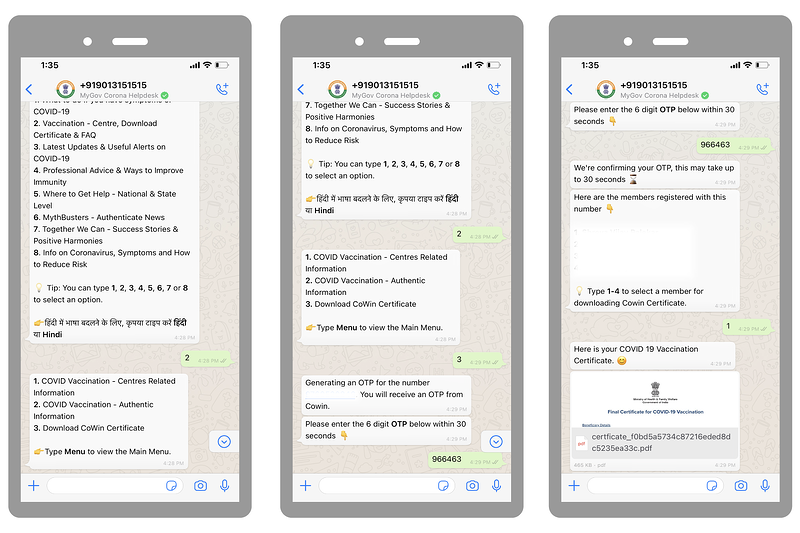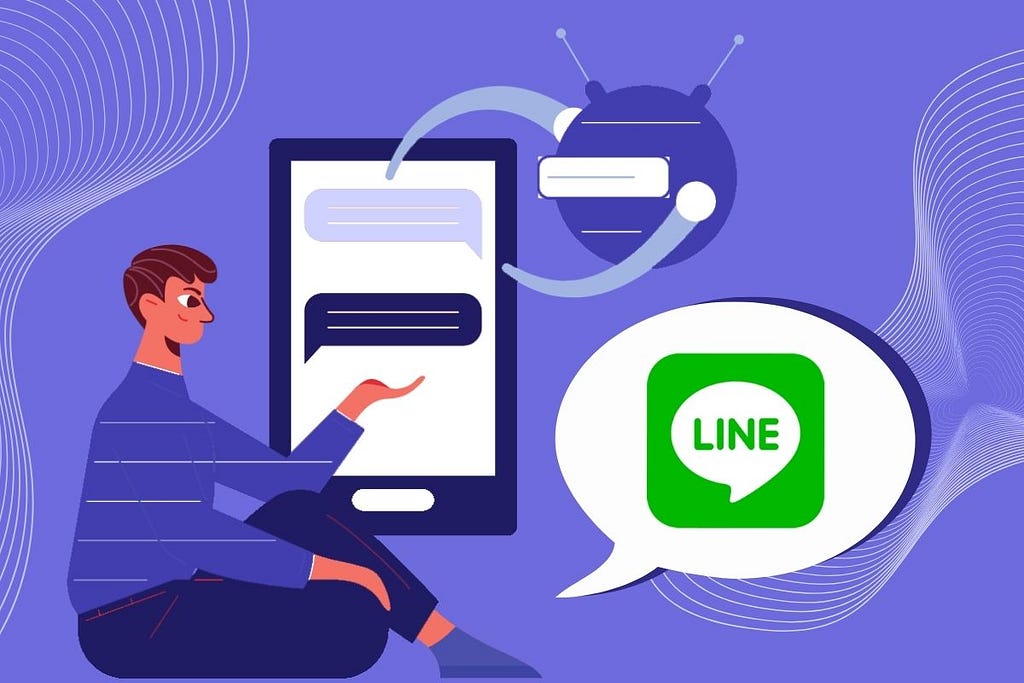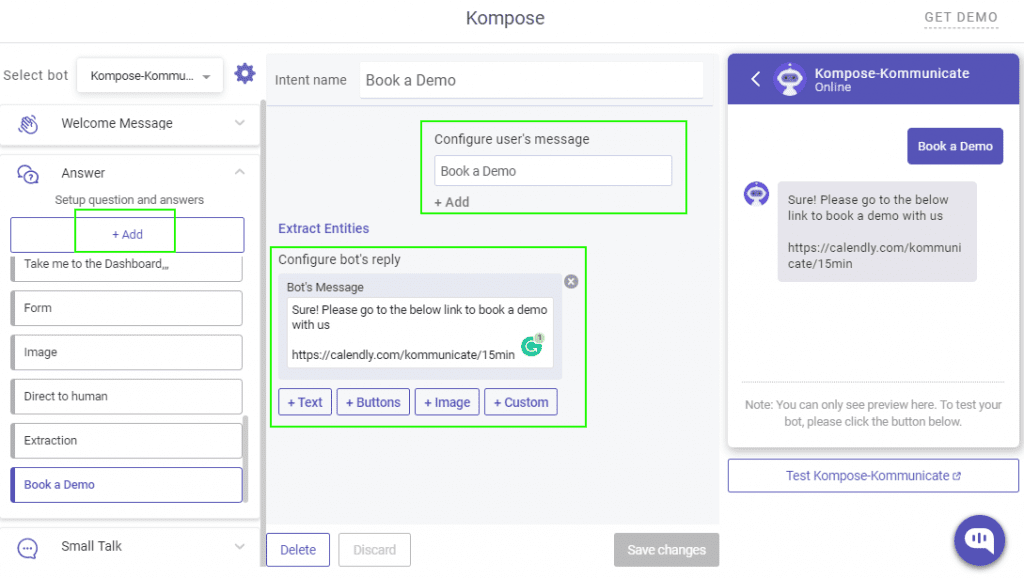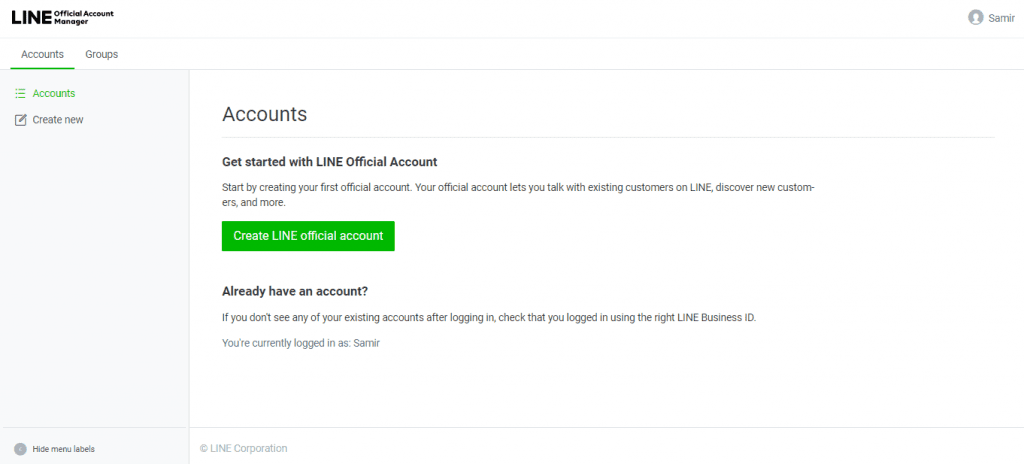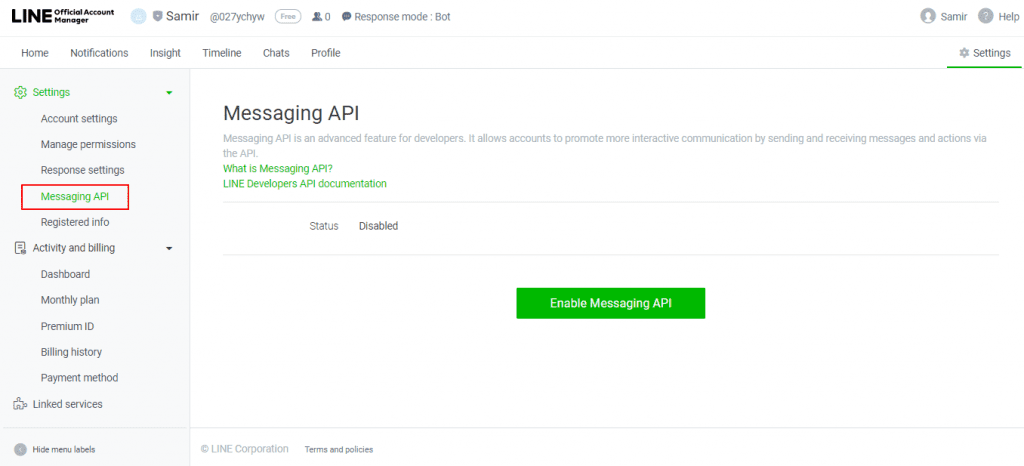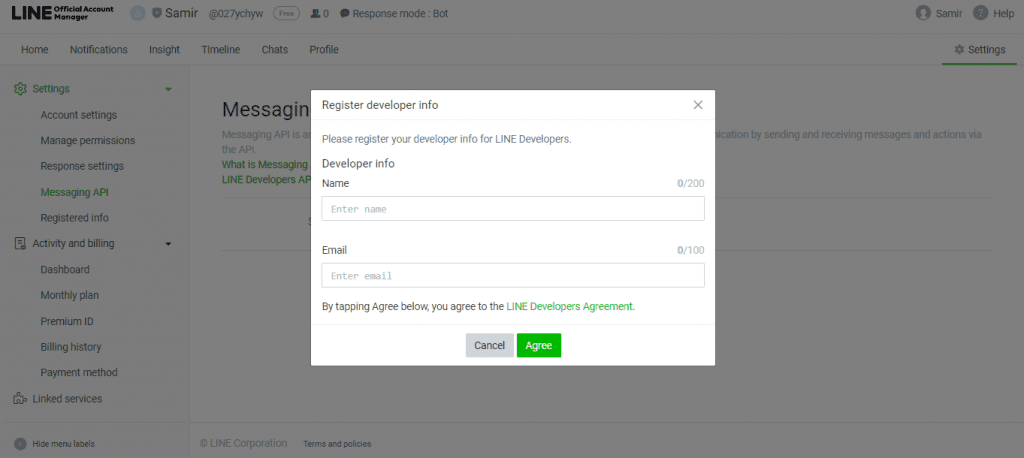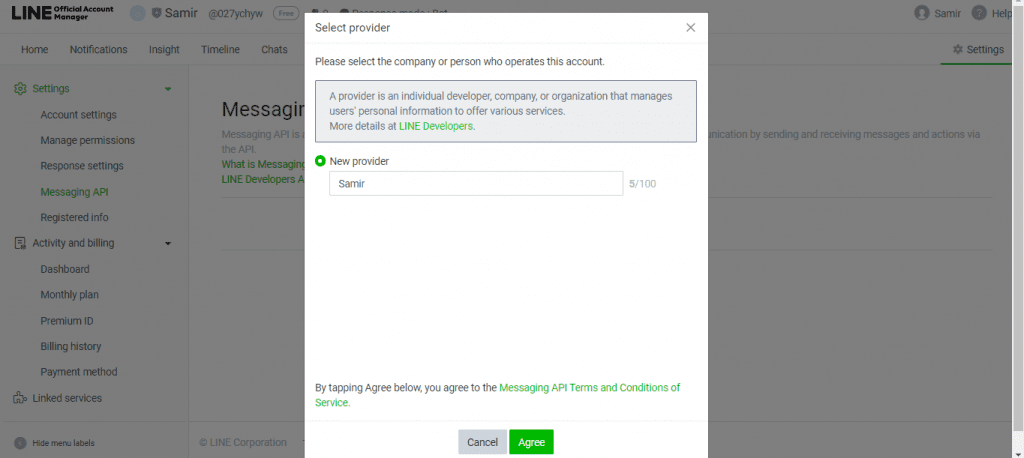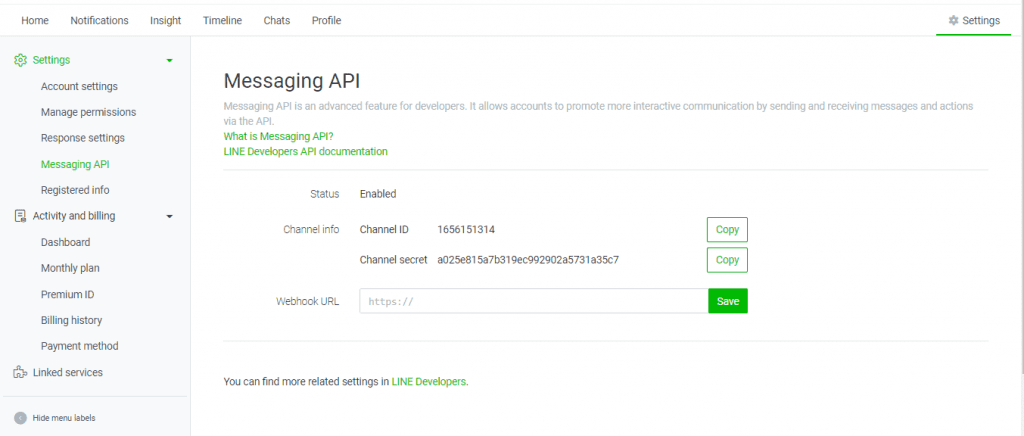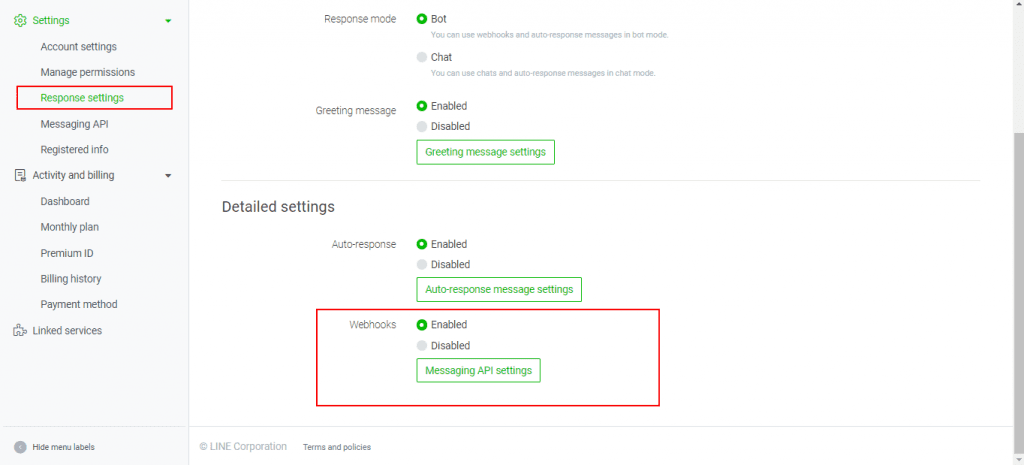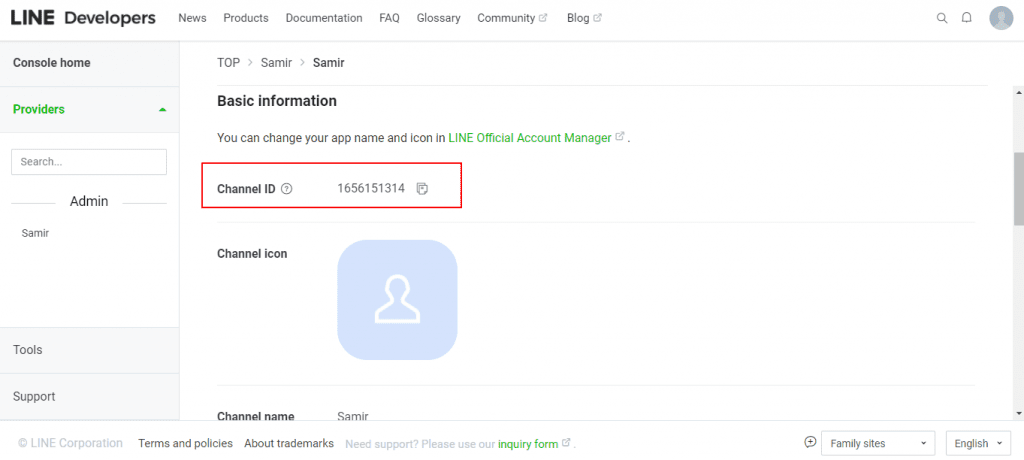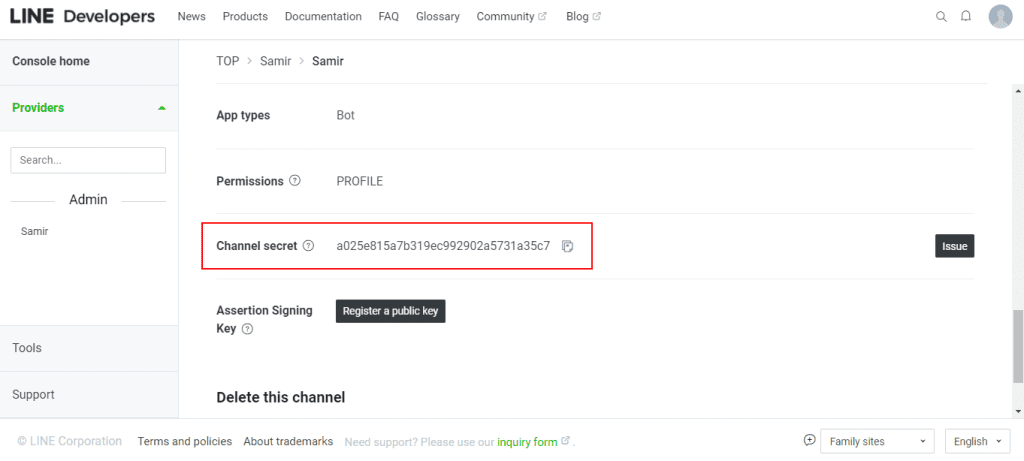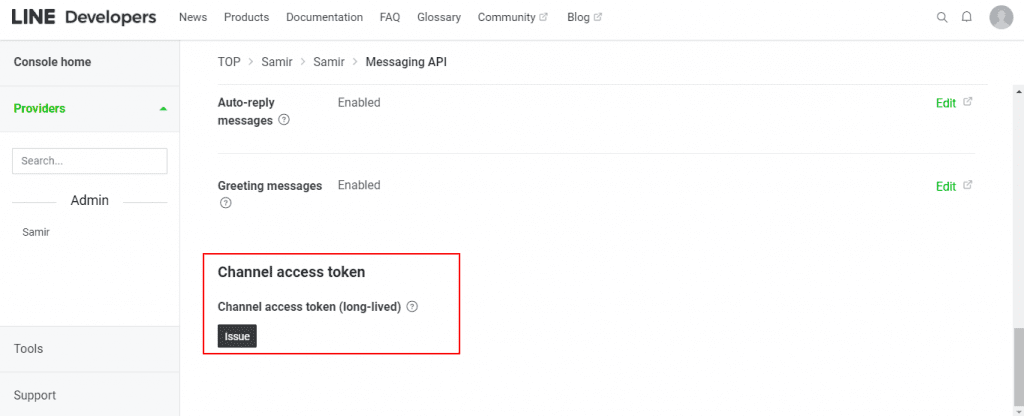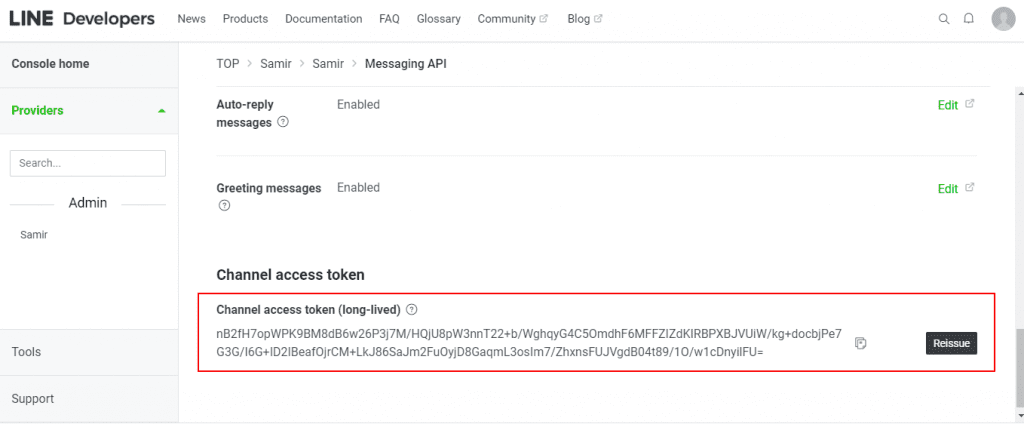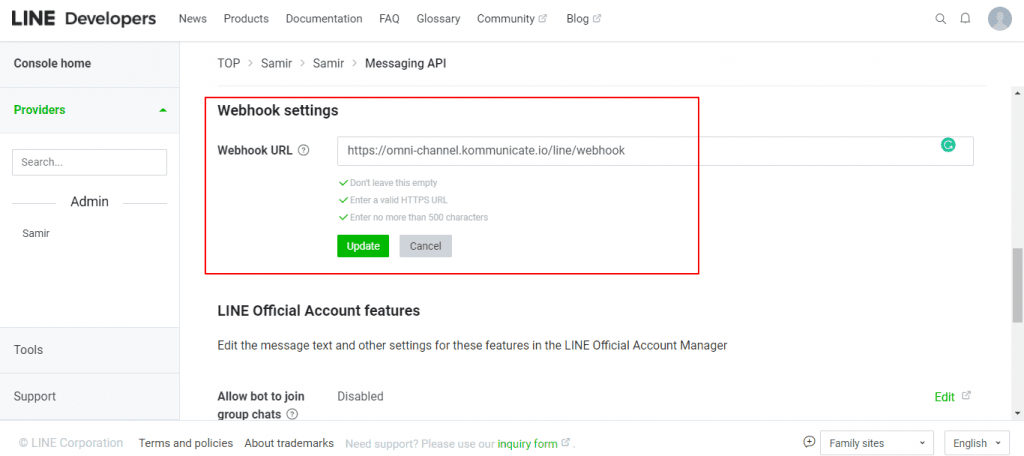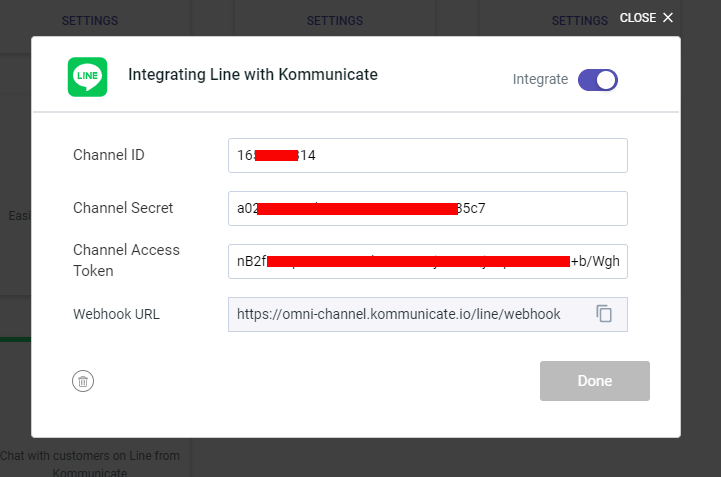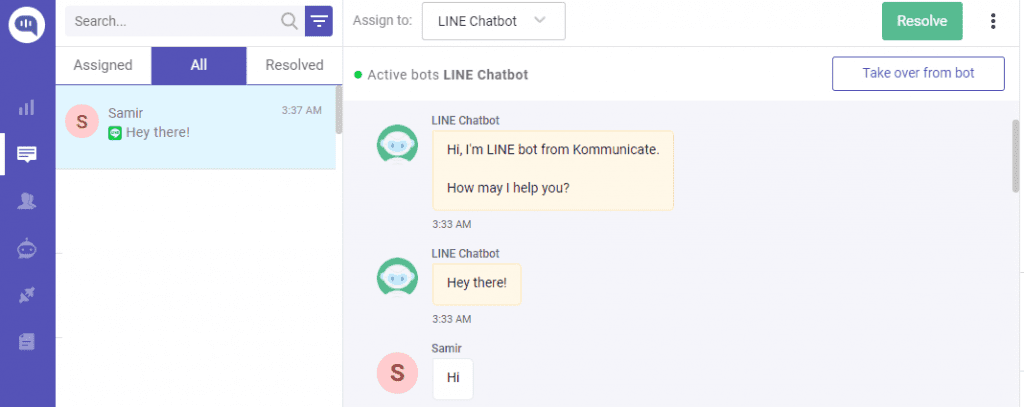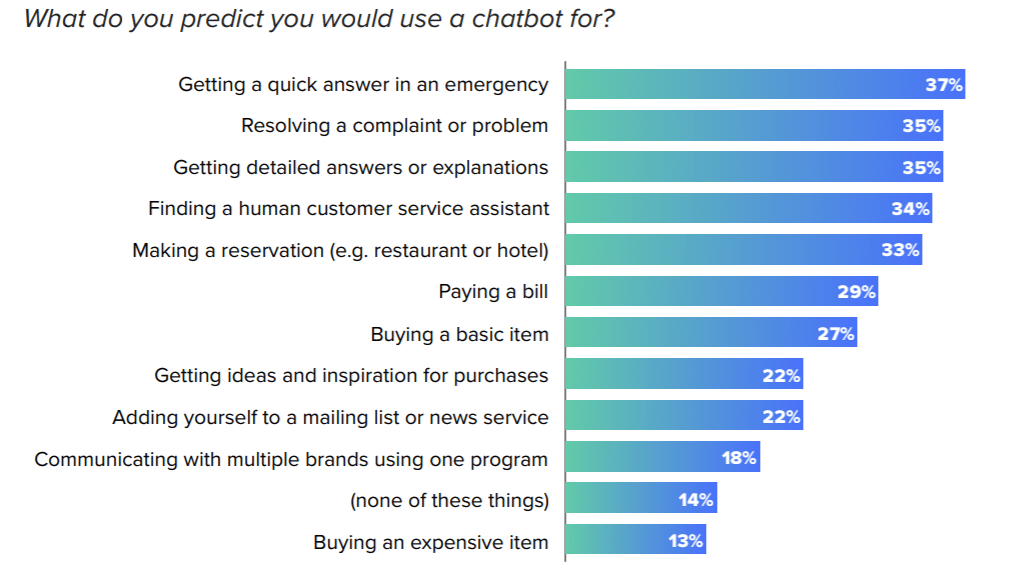By Soffos Team

The premature adoption of inadequate technologies can often do more harm than good. One of the most apposite examples is the frequently misguided espousal of basic ChatBot solutions in an increasingly digital-first landscape.
ChatBots have been around for a long time, having grown from Interactive Voice Response (IVR) systems from over 20 years ago. But with businesses progressively shifting online over the past few years (in particular the past 18 months), organizations everywhere have been on the hunt searching for solutions that can reduce the volume of costly, time-consuming digital interactions with customers. Yet traditional ChatBots have infamously underperformed in terms of user experience. More often than not, these Bots will continue to pass a query to an employee when the task at hand becomes too difficult — only serving to complicate the customer experience, rather than enhance it.

Thankfully, the next generation of Conversational Artificial Intelligence (CAI) solutions is here to change all that. CAI is already a strong and growing presence within the tech space, with Soffos being at the forefront of this movement. Indeed, researchandmarkets.com predicts that the global Conversational AI market will grow from USD$4.8billion in 2020 to around USD$13.9 billion by 2025, a statistic that signifies the enormous momentum that this technology has gained and the importance it holds.
Yet the almost boundless potential of CAI to reinvent the customer experience and reduce business costs continues to be overshadowed by lasting misconceptions. Despite being in a league of their own, Conversational AI tools are generally misconstrued to be in the same ball-park as decision-tree basic ChatBots. This has hindered their ascendence to the ‘premier league’ of customer experience, which is where they truly belong.
Trending Bot Articles:
2. Automated vs Live Chats: What will the Future of Customer Service Look Like?
4. Chatbot Vs. Intelligent Virtual Assistant — What’s the difference & Why Care?
With that in mind, below are some of the key differences between Conversational AI and the traditional ChatBot:
Why Conversational AI reigns supreme
While superficially the traditional ChatBot and CAI perform the same functions, their capabilities are worlds apart. The basic Bot simply cannot cope with anything beyond simple queries — for instance, inputting figures to generate insurance quotes. This is because most do not employ true AI or genuine computational linguistics. Instead, they are pre-programmed to use ‘decision trees,’ which can only automatically react to keywords, much as a dog reacts to set commands.
As a result, most contemporary ChatBots cannot easily adjust to unexpected customer responses, instead triggering an action from a staff member who must step in to assist. The result? Needless expense and frustrated customers.
This will all change with the growing usage of agents powered by true AI. For one, sophisticated algorithms mean that these platforms can understand more complicated and nuanced conversations, even if people use slang or acronyms. Along with utilizing memory modules, our AI’s powerful algorithms make educated associations between phrases and follow-up questions to determine the context of the conversation, all the while referencing previous interactions to offer more personalized support.
The greatest advantage of AI agents is that they truly free up employees to deal only with the most complex queries — leaving repetitive and common questions to be addressed effectively by machines. Meanwhile, users will enjoy more seamless and tailored assistance.
Now more than ever, businesses need Conversational AI
Permanently scattered workforces mean that enterprises today must find ways to ensure their employees are armed with the necessary knowledge of their company and products, wherever they are based and whatever their new working patterns. People must be able to locate the right information and get assistance without having to resort to lengthy, scheduled conversations with managers.
That’s where Soffos comes in. Our next-gen, AI-powered conversational agent will transform the workforce experience, ensuring that colleagues can quickly and efficiently find out what they need to know. Driven by leading natural language processing (NLP) technologies, our corporate KnowledgeBot delivers a contextual and flowing conversational experience that feels truly ‘human’.
Soffos’ algorithms use long-term memory from previous conversations to understand the true meaning of a users’ intent, as well as being able to understand written and spoken abbreviations, slang and dialects. To do this, the AI engine interrogates Knowledge Graphs, which are far more advanced than the simple keyword databases used by ChatBots.
Employees can speak or type their questions or commands into the Soffos platform, which then provides an answer from its knowledge silos or a solution that might come in the form of links to alternative resources. However, it also protects the human element of mentorship — if an individual could benefit from the expertise of a colleague from another department, Soffos can direct them to the most appropriate person to liaise with.
There can be little doubt that the future is digital — but Soffos isn’t intended to replace humans, who will always have an integral role to play in training, and in interpersonal communication more generally.
You can learn more about our revolutionary product here, and don’t forget to sign up for beta if you’d like to trial our corporate training solution within your business! The future of Learning & Development starts today — it’s called the Soffos experience.
Soffos.ai, a portfolio company at Fountech Ventures is a hyper-personalised AI-powered app designed for workplace training.
Fountech Ventures — A home for your deep tech AI startup
FOUNTECH VENTURES – AI Venture Builders | LinkedIn
Fountech Ventures (@Ventures_FT) / Twitter
Don’t forget to give us your 👏 !




Chatbot Today, Conversational AI Agent Tomorrow was originally published in Chatbots Life on Medium, where people are continuing the conversation by highlighting and responding to this story.




